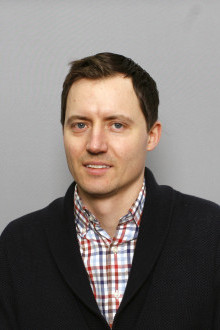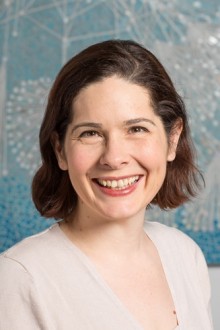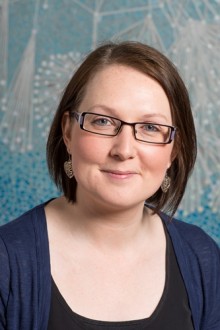How can Technology support becoming Local in a new City?
Every second paper or article on smart city starts with about the same phrase on the increasing number of people moving into the cities. This is somehow a main reason to justify that cities must become smart in order to deal with the masses of people they are expecting. Not only the cities have to become smarter, but also the citizens that have just moved into them – they have to become local.
Modern technology offers a broad variety for migrants to stay in touch with the folks left behind. Telephone, email, social media and video calls create a strong bond between the two locations regardless of their global locations. Apart from the undoubtable convenience of those innovations it is important for migrants to grow identity with the local community. Major aspects of becoming local includes on the ‘social side’ building up new relationships, being familiar with local habits and the history, and on the ‘spatial side’ simply knowing your city. When new to a city, one first begins to know the new urban environment close to his home, finding out about shop locations, work location and the route in between. The longer the person lives there, the larger the circles of exploration become. He knows more places and understands the network of the city. Patches of visited places and their connections make sense.
The question arises, how technology can support the process of becoming local by increasing urban exploration on one side, and supporting interaction with locals on the other. Whereas the best way to explore and a city is to walk, it is important to understand what makes us choosing a route between two points – what is the impact of the environment on our route decision. Therefore we need to investigate the elements that have inpact on how we perceive the urban environment and effect us in our everyday life.
I’m highly interested in understanding those elements that happen on a static [physical / built] and a dynamic [personal / general] level. Architectural theories show that built environment offers a framework with great impact on our routing behavior. This built environment faces with the rise of modern technology an extension into the digital. In a first step I investigate opportunities on how to crowd source data of local knowledge that can be used in a second step for changing this routing behavior in order to support urban exploration.











